#sci-fi creature
Text

Apologies for the delays! This was meant to be a December post, but it got pushed to early January, so Happy New Year!
Cave-Clicker (artwork by Yuujinner)
Kingdom: Animalia
Phylum: incertae sedis
Class: Hyolitha
Order: Anomalohyolithida
Family: Anomalohyolithidae
Genus: Anomalohyolithes
Species: A. troglodytus (“cave-dwelling unusual hyoid stone”)
Temporal range: unknown to recent (??? - present)
Information:
Relatively new to science, very little is known about this roughly cat-sized creature. The one thing which scientists know definitively is that it is a member of the hyolith clade, albeit one so heavily derived from the ancestral body plan, that it is hardly recognizable as one.
Typically covered in striated black and gray bands with a fleshy pink head, these creatures are seemingly adept at navigating through the canopies of giant fungi found deep below in the caverns, swinging and hopping to get across the difficult terrain. Their diet is not fully understood, but tissue sampling would suggest that they consume small animals in addition to the fungi found in their habitat, possibly filling a generalist omnivore niche, and observed behavior would indicate that they frequently get into scuffles over food, the horn-like projection on their “face” being used to jab at other individuals. Exceptionally social for a non-arthropod invertebrate, these creatures sometimes gather in groups of up to 50 individuals. Its social nature can be dually inferred by its broad set of vocalizations: chittering, squeaking, and clicking (the latter of which gave the creature its name) have all been recorded, though the actual functions of these calls remains unknown. The total population size is unknown, and based on any number of estimates given for the size of the cave system it inhabits, it could be anywhere from simply a few thousand to over half a million. It appears this animal is capable of seeing light in the UV and infrared spectrums, as wild specimens have reacted to such lights in the presence of researchers, whom they appear to be naturally inquisitive towards.
Their reproductive biology and life cycle is unknown, though as they are inferred to be poikilothermic, it is possible that they may live for several decades, maturing at a gruelingly slow pace and mating once or twice throughout their lifetime. Likewise, they are believed to be oviparous, though as no eggs have been found, much less even female specimens (it is known that they have separate sexes, but every specimen captured thus far has been male), there is no way to definitively prove this. The means by which these animals do sexually reproduce also leaves open more questions than it answers: there is no obvious orifice through which they could theoretically deposit sperm, and considering that this creature descends from an aquatic clade, it cannot be ruled out that they do not return to subterranean lakes and rivers to spawn. To further compound this issue, no young of this species have ever been identified, suggesting that they may have simply not been found yet, are indistinguishable from the adult form, or (most likely) that they look so radically different from the adult form, that they may be perceived as a different species entirely. Unfortunately, this is difficult to study in a laboratory setting, in part due to the fact that all captured specimens have been male and in part due to the fact that only 3 specimens have ever been brought to the surface, and within 2 days of being brought the surface, all 3 of them died of unknown causes.
However, the greatest mystery of this creature is not what it doesn’t tell us about its biology, but rather what it does: with a hard, knobby exterior with jagged hooks for feet and horn-like projections coating its “head” and back, this creature shows what appears to be a heavy degree of anti-predator mechanisms. However, for a creature which already has a high degree of protection thanks to a hard yet lightweight outer shell, this begs the question, just what kind of creature could be preying on this animal? So far, scientists have yet to figure that piece out, but terrifying rasping shrieks recorded from deeper in the cave appear to send these animals into a wild frenzy, immediately scattering back up into the canopy. Whatever it is that dwells in the deepest depths, it is clear the cave clickers are terrified of it…
#speculative evolution#fantasy#novella#scifi#scififantasy#speculative biology#speculative fiction#speculative zoology#worldbuilding#creature art#hyolith#sci fi creature#fantasy creature#fantasy worldbuilding#scifi worldbuilding#creature design#creature#sci-fi creature
10 notes
·
View notes
Photo
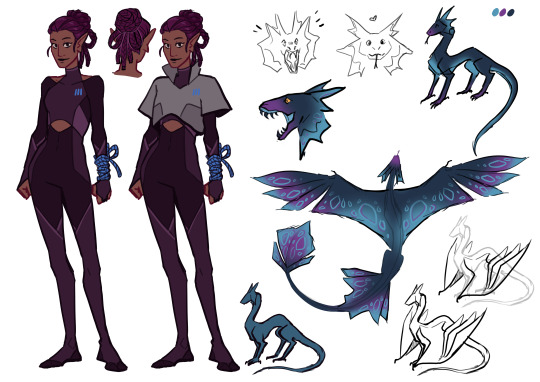
some designs i did for a written roleplay i’m doing with a friend :) meet Rasha & Néani
317 notes
·
View notes
Photo
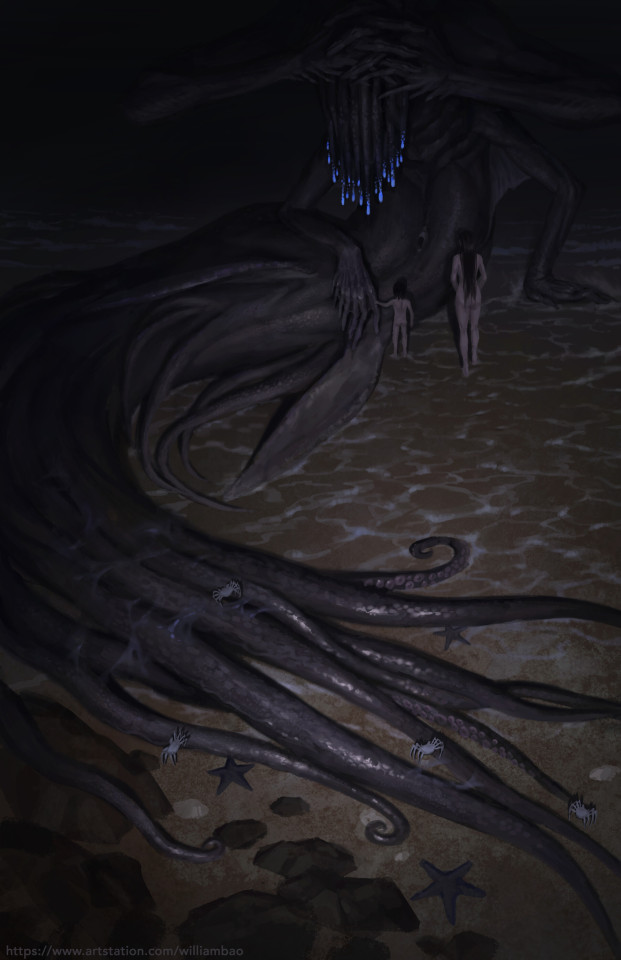






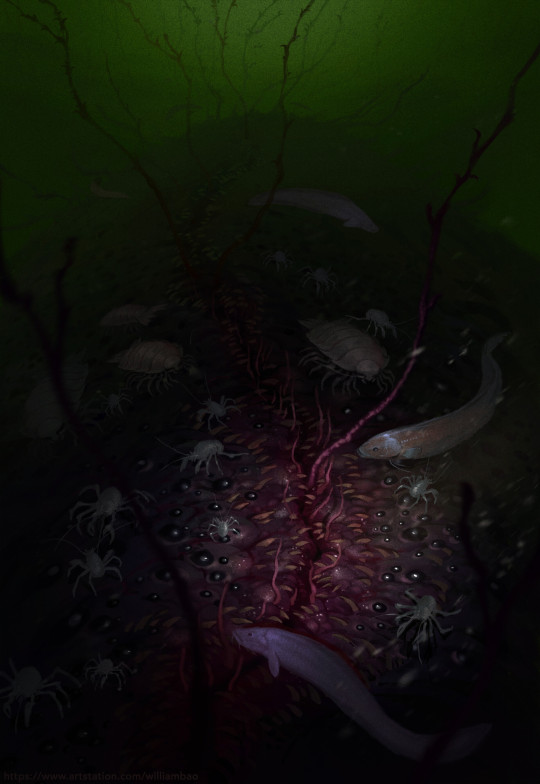
Sea monster illustrations by William 巴特尔 Bao
#art#illustration#digital art#dark art#horror#fantasy#macabre#sci fi#creature design#gore#eyes#teeth#deep sea#tentacles#sea monster#sea creature#lovecraft#giant#whale#squid#octopus#fav
6K notes
·
View notes
Text

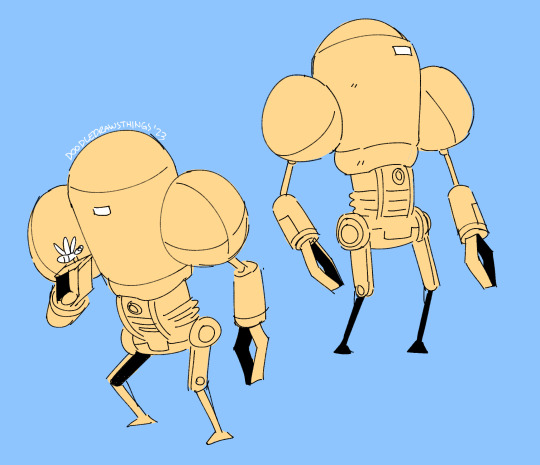
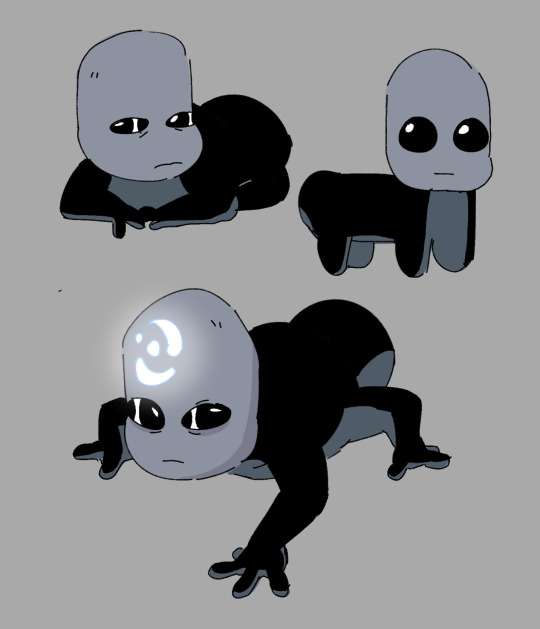
Scavengers Reign warmup fan art
#scavengers reign#fan art#animation#speculative biology#mak's art#creatures#i'm having a real normal one about this show#begging on my hands and knees for people to watch this show i need the work that has gone into it to be appreciated#if you like body horror and speculative biology and sci-fi you will adore it
2K notes
·
View notes
Text



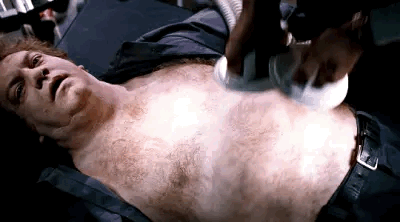
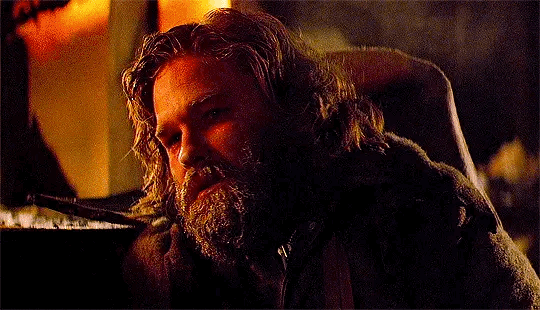
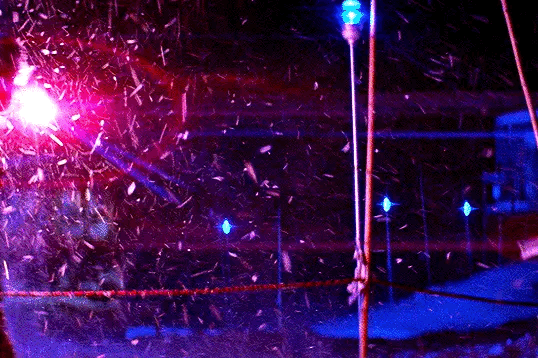


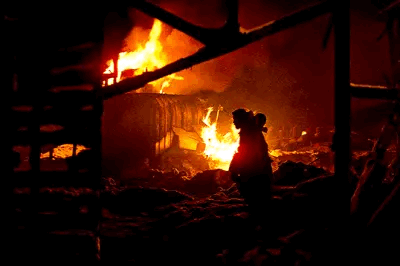
The Thing
John Carpenter, 1982
#The Thing#John Carpenter#horror#horror movies#horror films#cult classic#science fiction#sci-fi#sci-fi horror#creature feature#creature#monster#monster movie
2K notes
·
View notes
Photo

A photo of the hyper evolved velociraptor, Beatrice Quill back from her extended stay off world. she works as a professor of dinosaur behavioral science at the National Museum of Natural History in Washington D.C. Since her tenure she has revolutionized mankind's understanding of the prehistoric world while also keeping the museums rodent population under control.
#my art#dinosaur#dinosaur art#velociraptor#science fiction#sci fi art#paleontology#paleoart#paleoillustration#Illustration#fossil#museum#Black and White#Character Design#dress#books#creature design#monster girl
9K notes
·
View notes
Text
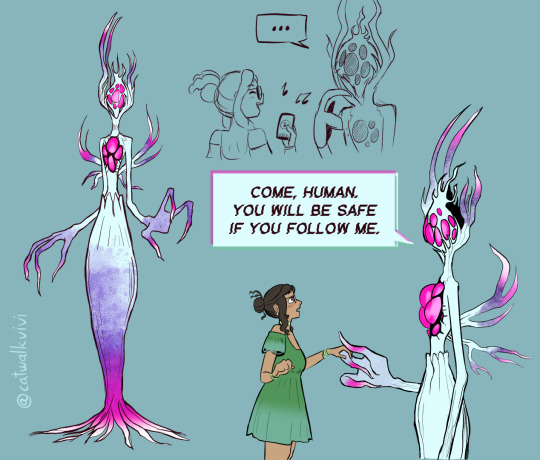
Last night I had a dream about an alien woman that looked kinda like this, so I've made some doodles
520 notes
·
View notes
Text

Industrial light ⚙
An experiment I made to see if I haven't forgotten how to make illustrations in my style.
Also it represents tovoxran cities' vibe and aesthetic (idk if it's cringe to use that word or not), basically steel beams, gears, metal scaffoldings and pipes everywhere. Just industrialism and utility.
The drawing itself is showing a heat generator in one of underground tovoxran cities on Tillturn (their homeworld). In the past they used to build their cities around active volcanoes or lava lakes for heat, because the whole cave system is cold, covered in ice and snow. Now they can build everywhere, as their technology allows that.
#myart#alien#alien species#original alien species#sci fi#science fiction#industrialism#illustration#speculative evolution#speculative biology#spec evo#spec bio#creature#creature design#worldbuilding#tovoxrans
671 notes
·
View notes
Text
THE WORLD OF AA
by Ching Yeh
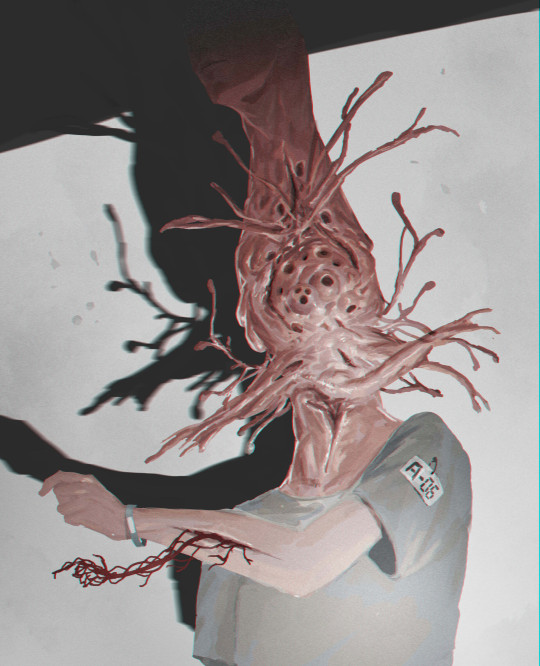

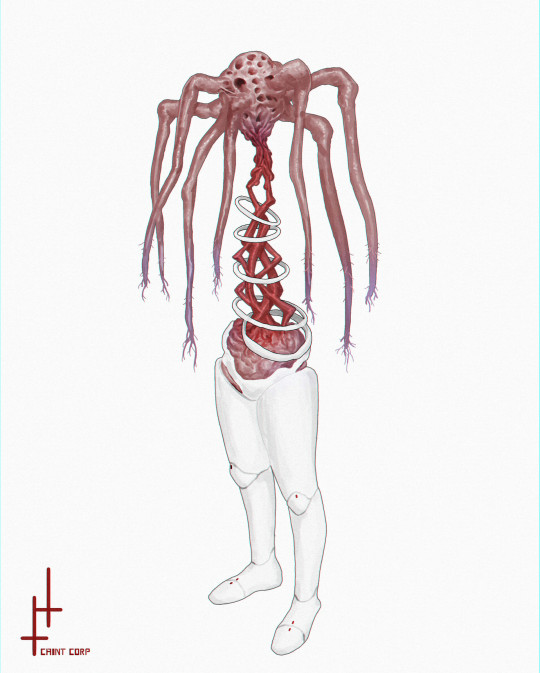



#tentacles#fhtagn#ching yeh#concept art#chara design#creature#sci fi#monster#bodyhorror#flesh#demon#blood#mutation#white#android#fhtagnnn
426 notes
·
View notes
Photo
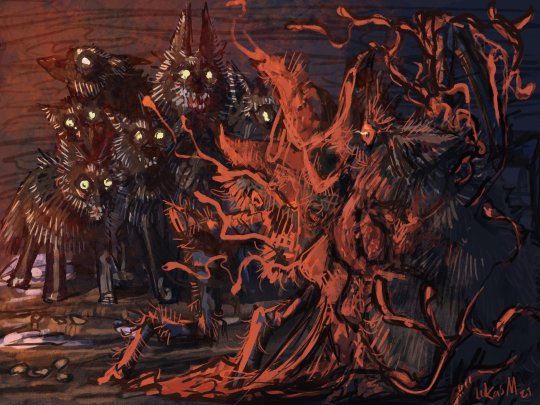
it’s weird and pissed off whatever it is
#the thing#john carpenter#body horror#horror#gore#monster#horror art#monster art#creature#creature art#80s films#80s horror#alien#horror community#horror films#sci fi#science fiction
2K notes
·
View notes
Text
pen n marker world stave critters. Still need a name for the second one
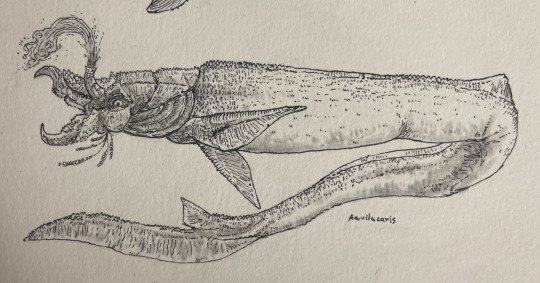

583 notes
·
View notes
Text
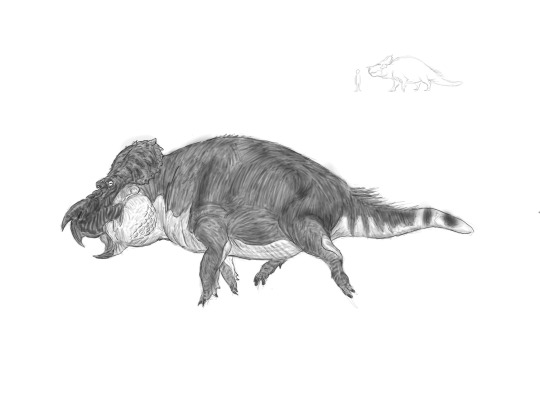
Aurungo-Pundapi (artwork by Yuujinner)
Kingdom: Animalia
Phylum: Chordata
Class/Clade: Reptilia (Sauropsida)
Clade: Diapsida
Clade: Archosauria
Clade: Dinosauria
Order: Ornithischia
Clade: Marginocephalia
Suborder: Ceratopsia
Family: Ceratopsidae
Subfamily: Centrosaurinae
Clade: Eucentrosaura
Tribe: Centrosaurini
Genus: Deinoceratops
Species: D. susoides (”pig-like terrible horned face”)
Ancestral species: Centrosaurus apertus
Time period: Pleistocene to modern day (1.5 million years to present).
Information:
In the eastern swamps of the Isle of Perils, we encounter a most bizarre species: Deinoceratops susoides (“pig-like terrible horned face”), better known by its Xenogaean name, the aurungo-pundapi, “the one whose face is adorned with scars”.
A centrosaurine ceratopsid, the aurungo-pundapi is unusual not only in its semiaquatic habits, not unlike those of a hippopotamus, but also its diet: an omnivore, this creature eats mostly aquatic vegetation like reeds and lilies, but it also eats, among other things, carrion, fish, and the young of other dinosaurs, and it may even go after small crocodylomorphs in its habitat. Of course, as an animal which shared its habitat with other large meat-eaters, including rhizodonts and theropods many times larger than it, the aurungo-pundapi is quite territorial: this animal will usually rush at attackers first and ask questions later, and it is so widely-feared for its ferocious temper, that early European explorers in the region dubbed it the “lizard-hippo” in reference to its similar size, niche, and temperament to its namesake. However, unlike the hippopotamus of Africa, the aurungo-pundapi’s aggression frequently extends to its own species to the point where no two animals will ever congregate within the same stretch of water outside of the mating season. During late June and throughout early July, the males are at their most aggressive: during this time, they enter a state similar to musth in male elephants wherein their hormones spike, causing them to become highly aggressive towards other animals. It was during one such mating season in 1938 that a bull aurungo-pundapi went on a rampage in a village in the marshlands, killing many livestock and people alike before it was finally shot and killed by the villagers. As this animal’s bulk (which is actually comprised mostly of lean muscle instead of fat) makes it difficult for this animal to move efficiently on land, mating usually occurs in the water, which is made possible thanks to the animal’s ability to hold its breath for nearly 2 hours at a time. After the pair have mated, they go separate ways and in a few weeks time, the female will lay her clutch of around 4-8 eggs in a small nest on land which she will visit regularly, removing and adding dirt regularly as needed. In another month, the young will hatch, and for the first few years of their life, they will be dependent on her for protection until they are big enough to fend for themselves, after which she will chase them off. By age 10, they will have reached full size and by age 14, they will have reached sexual maturity, and by this point in their life, few predators will ever dare to harm them. Thus, a healthy aurungo-pundapi can expect to live to a ripe old age of 60-70 years.
This is a revamped version of an old, old creature!
#speculative evolution#novella#fantasy#scifi#scififantasy#speculative biology#speculative fiction#speculative zoology#worldbuilding#dinosaur#ceratopsian#ceratopsia#ornithischians#fantasy creature#sci fi creature#archosaur#spec evo#creature design#creature art#sci-fi creature
4 notes
·
View notes
Text
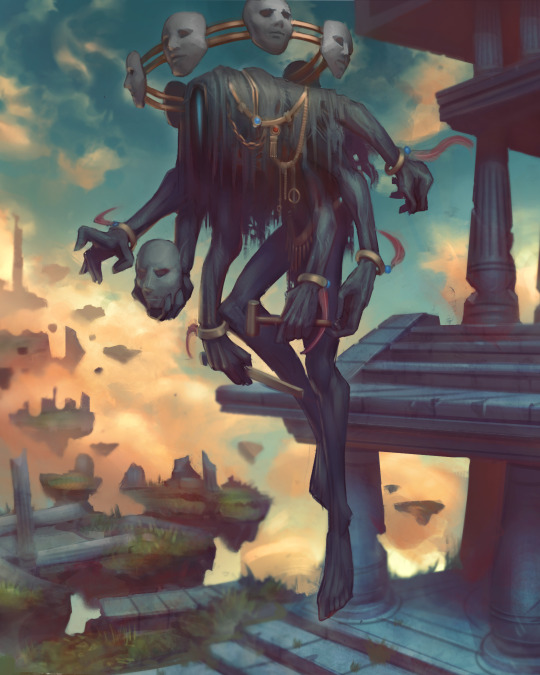
No different than the one you're wearing now
#art#artists on tumblr#digital art#digital painting#sketch#sketchbook#drawing#illustration#painting#sci fi#fantasy art#fantasy#monster art#monster design#monster#creature art#creature#mask#illustrator#artist#artwork#character art#character design#character
1K notes
·
View notes
Photo

Greater Morula, Photoshop painting by Dariusz Kieliszek
#art#illustration#digital art#dark art#horror#fantasy#sci fi#character design#lovecraft#creature design#tentacles
5K notes
·
View notes
Photo

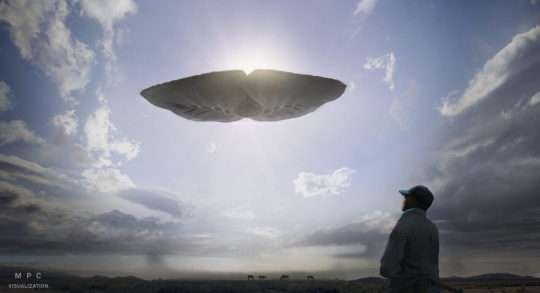

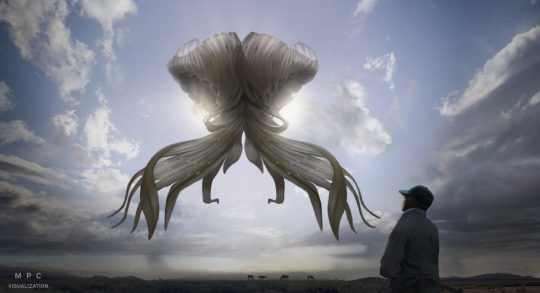
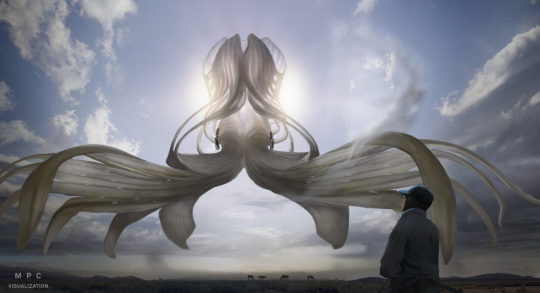

WHAT’S A BAD MIRACLE? by MPC Film
#nope#nope (2022)#mpc film#mpc#horror movies#sci-fi movies#thriller movies#concept art#creature design#monster design#jean jacket#artwork
4K notes
·
View notes
Text




One of the Ones vol. 1 (4 of 14) - Christian Benavides
#One of the Ones#Christian Benavides#cyberpunk#samurai#fighters#monks#creatures#characters#sci fi#fantasy art#magitech#digital art
221 notes
·
View notes